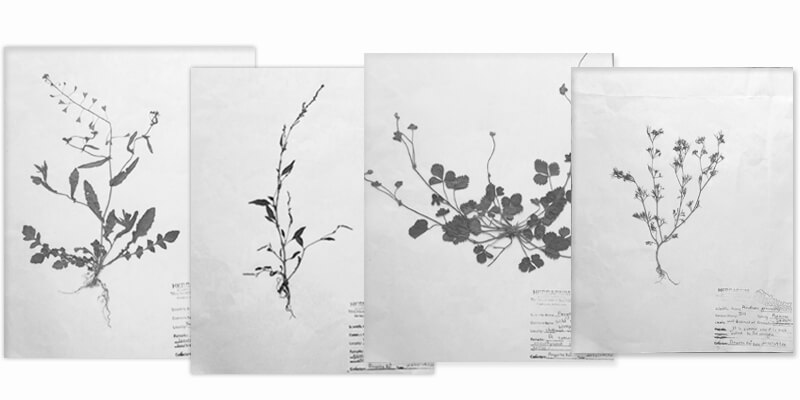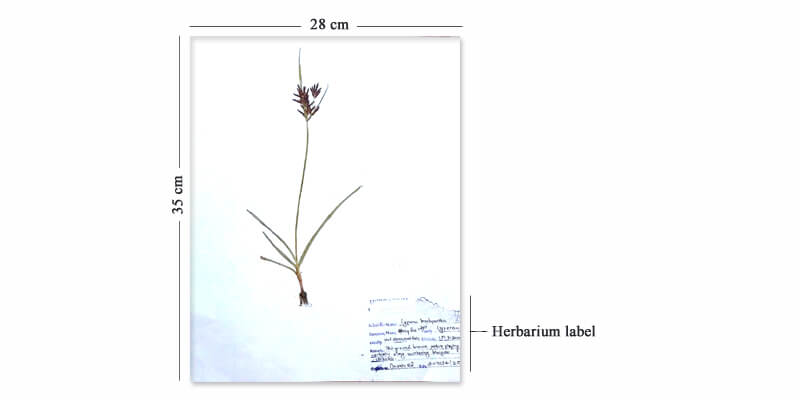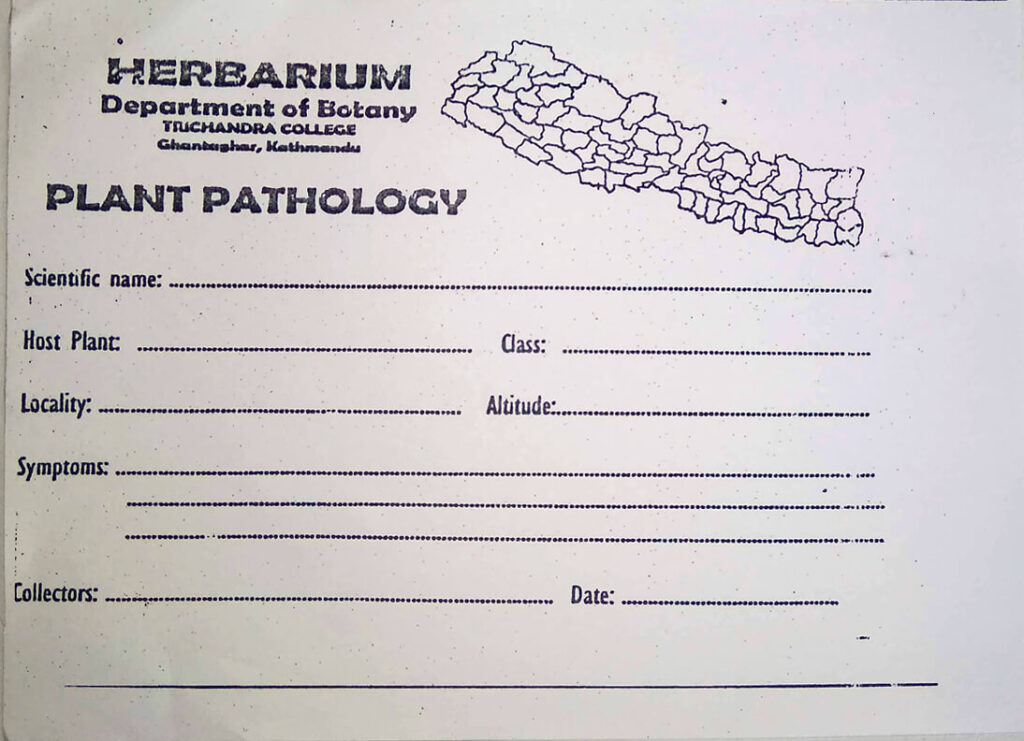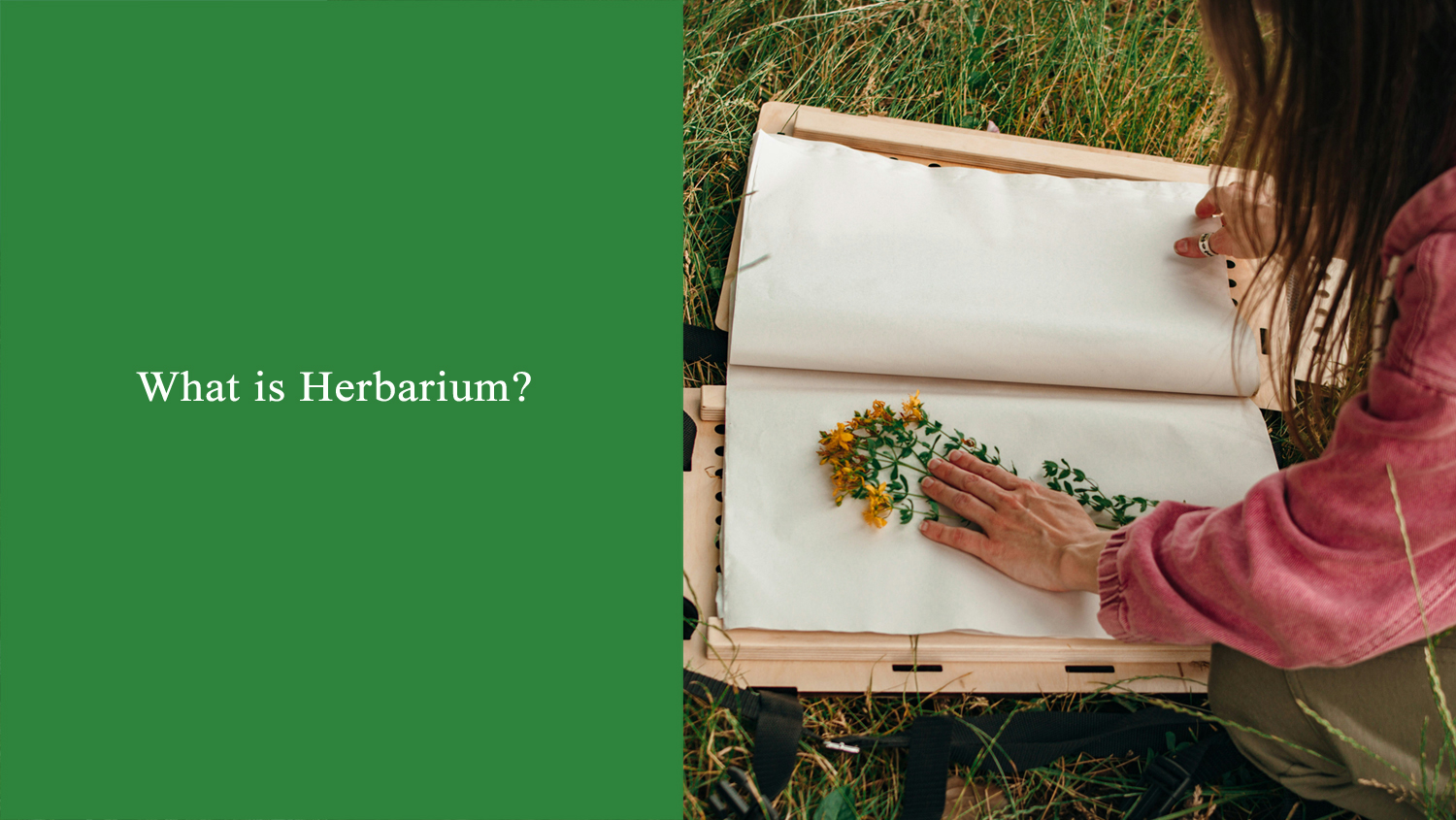What is Herbarium?
Do you want to know about herbarium and its making process?
In this article, I will share with you overall information about herbarium, and its making procedure.
Introduction:
The aggregation forms of preserved plant specimens are Herbarium. Botanists use it as a part of their scientific researches. The preparation method of herbarium takes no much investment and scientific techniques. We can easily prepare it by using locally available resources i.e. newspaper, knife, and fevicol or cellophane tape.

Collecting, arranging, pressing, mounting, labeling, and preserving are the major steps of herbarium preparation. The alteration of temperature, humidity, light, and other living organisms can degenerate the preserved plants. So, we should take a special care while storing herbarium specimens.
How to make it?
Collect plant specimens (plant parts or whole plants). Include the plant parts like fruit, flower, root, leaves, and stems in the herbarium as much as possible. Place these plant specimens on a sheet of absorbent paper then cover it with another sheet. After that, put heavy things over it and make sure that plant specimens have pressed well.
Place it in a safe place with maintaining room temperature. Slowly plant starts to lose its water which can make the paper wet. So, check these specimens every two days and change the sheet of paper if it is wet. Cause the wet paper can discolor and decay your plant specimen.
When the plants get completely dry, then attach (mounted/glued) these plants on a sheet of the stiff white paper by using fevicol or cellophane tape. There is no fixed size herbarium sheet. But the size of 11 inches * 16 inches and 28 cm * 35 cm are common.

Label the specimens with fundamental information like plant description, altitude, location, date of collection, and name of the collector. The label is always used to place at the lower right-hand corner of the paper. At last, keep prepared herbarium sheets in a safe place.

Some plant parts like fruit, flower, cone, and fleshy leaves are not compliant with drying and attaching on herbarium sheets. So they can be preserved either by storing on labeled boxes or by keeping on formaldehyde. Herbariums are mainly kept in the library of educational or research institutions and museums.
Importance:
For the long term preservation of plants, the herbarium is important. It also plays an important role in the permanent documentation of flora diversity of the specific area.
Primarily it helps in plant identification. It also helps in the study of plant taxonomy. Similarly, it works as reference material in describing plant taxa.
I hope this article helped you to prepare a good herbarium specimen.






